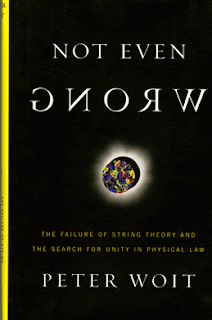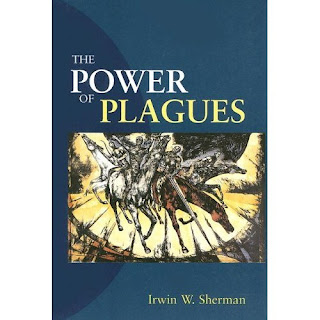 From the book blurb: Wolfgang Pauli coined the phrase "not even wrong" to describe scientific theories or ideas that are "so incomplete that they could not even be used to make predictions to compare with observations to see whether they were wrong or not." Peter Woit, lecturer in the mathematics department of Columbia University, puts forth the view that superstring theory is such an idea, not a theory at all, because it offers no predictions and this "very lack of falsifiability is what has allowed the subject to survive and flourish."
From the book blurb: Wolfgang Pauli coined the phrase "not even wrong" to describe scientific theories or ideas that are "so incomplete that they could not even be used to make predictions to compare with observations to see whether they were wrong or not." Peter Woit, lecturer in the mathematics department of Columbia University, puts forth the view that superstring theory is such an idea, not a theory at all, because it offers no predictions and this "very lack of falsifiability is what has allowed the subject to survive and flourish."Now on the new book shelf. Not Even Wrong.
See also Peter Woit's blog by the same title, which gives a handy link to book reviews.
Subject searches in OBIS on string models and superstring result in a number of relevant titles.






